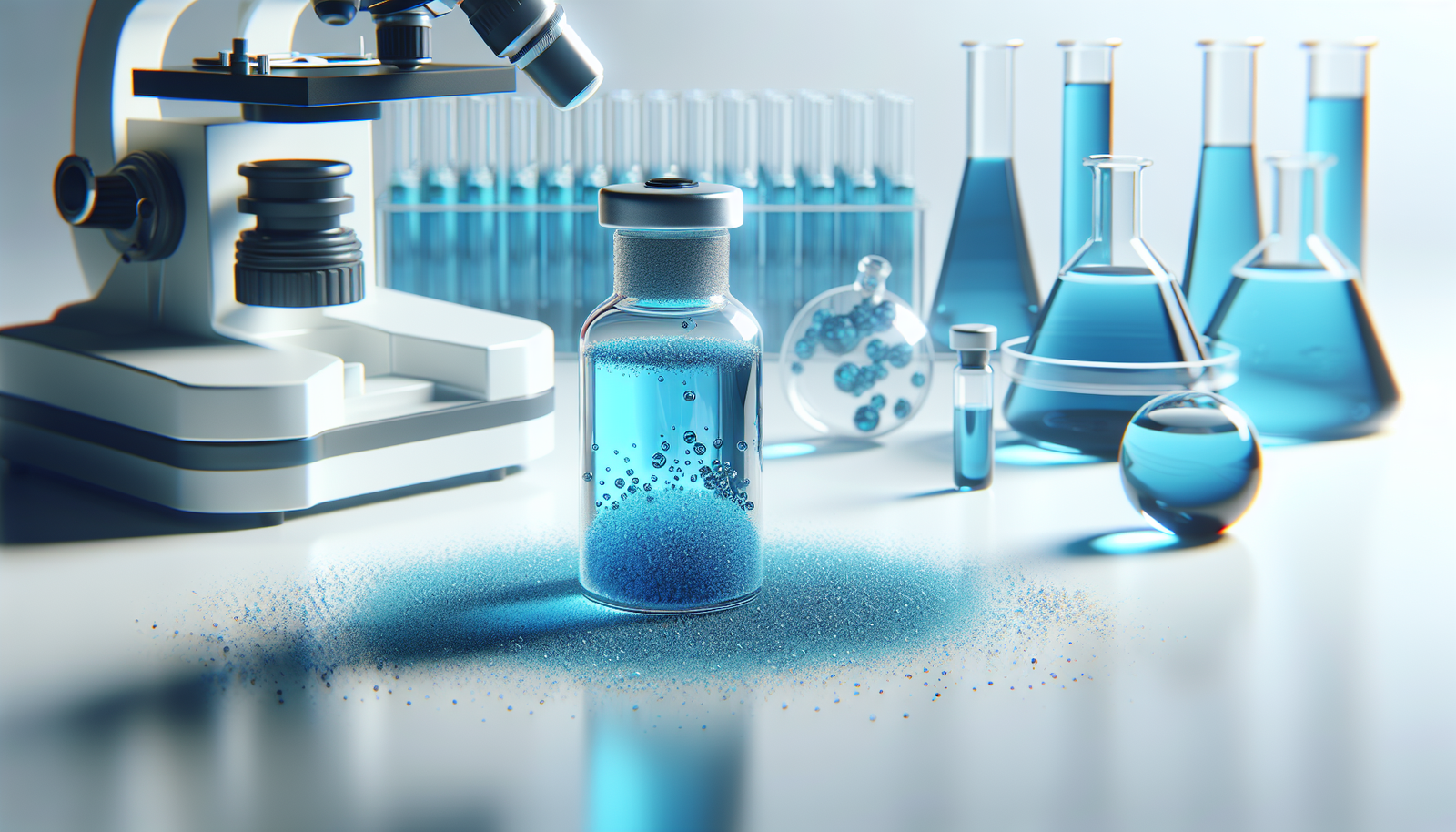
What do you know about the role of methylene blue in scientific research and applications? This vibrant blue dye has a storied history and a surprising range of uses that extend far beyond its initial applications. In this detailed exploration, you will come to understand the top ten applications of methylene blue in various fields of science. This compound’s multifaceted nature showcases not only its historical significance but also its modern-day relevance, as it continues to inspire advancements in diverse areas.
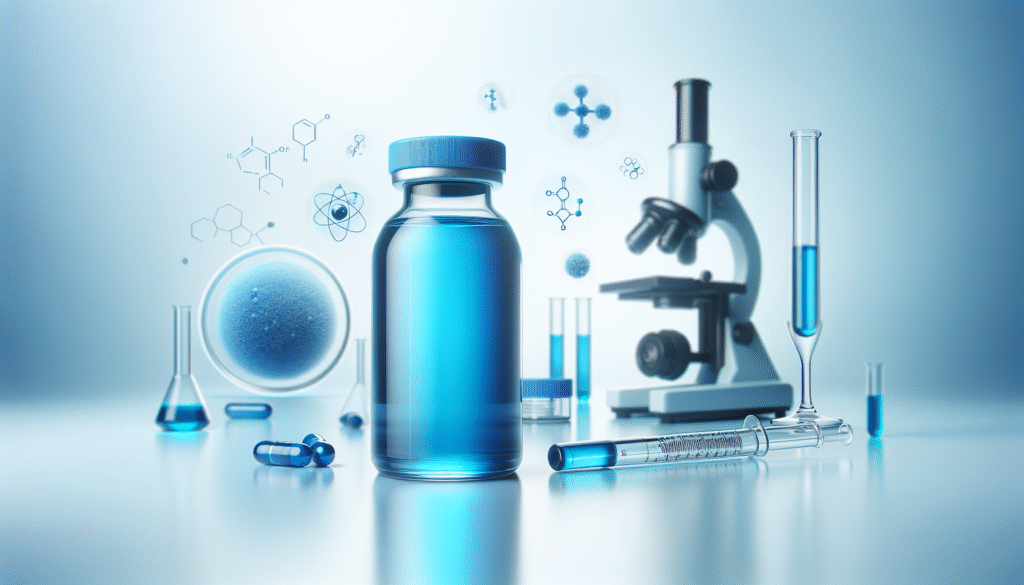
The History of Methylene Blue
Methylene blue, also known as methylthioninium chloride, was first synthesized in the 1870s. Originally used as a dye for textiles, its applications quickly expanded into biology and medicine. By the late 19th century, researchers began to realize that methylene blue could be employed as a staining agent, allowing for the visualization of cells and microorganisms under a microscope. This finding paved the way for its utilization in various scientific fields, as its profound effects became clearer.
1. Staining Agent in Histology and Cytology
Understanding Cell Structures
Methylene blue is a commonly used stain in histology and cytology. It selectively stains cellular components, differentiating between various structures such as cell nuclei and cytoplasm. This staining helps researchers visualize cells and tissues, making it easier to study their morphology and pathology.
Application in Disease Diagnosis
By employing methylene blue in tissue samples, pathologists can identify abnormalities in cells, aiding in the diagnosis of diseases such as cancer or infections. Its ability to highlight cellular structures allows for a clearer understanding of pathological changes, which is crucial for accurate diagnosis and treatment planning.
2. Antimicrobial Properties
The Role of Methylene Blue in Antimicrobial Research
Research has demonstrated that methylene blue possesses antimicrobial properties, making it a valuable agent in combating infections. Studies have shown that it is effective against a variety of bacteria, fungi, and viruses. This characteristic has paved the way for its exploration in therapeutic applications.
Applications in Photodynamic Therapy
One of the most compelling applications of methylene blue’s antimicrobial properties is in photodynamic therapy (PDT). In this treatment, methylene blue is administered to the patient and later activated by light exposure, which generates reactive oxygen species that destroy pathogens. This innovative approach has potential implications for the treatment of chronic wounds and various infections.
3. Treatment of Methemoglobinemia
Understanding Methemoglobinemia
Methemoglobinemia is a condition in which hemoglobin is transformed into methemoglobin, reducing its oxygen-carrying capacity. This can lead to serious health complications, including tissue hypoxia.
Methylene Blue as a Therapeutic Agent
Methylene blue has been established as a reliable treatment for methemoglobinemia. When administered, it acts as a reducing agent, converting methemoglobin back into hemoglobin. This application underscores methylene blue’s significance in emergency medicine, where rapid intervention can save lives.
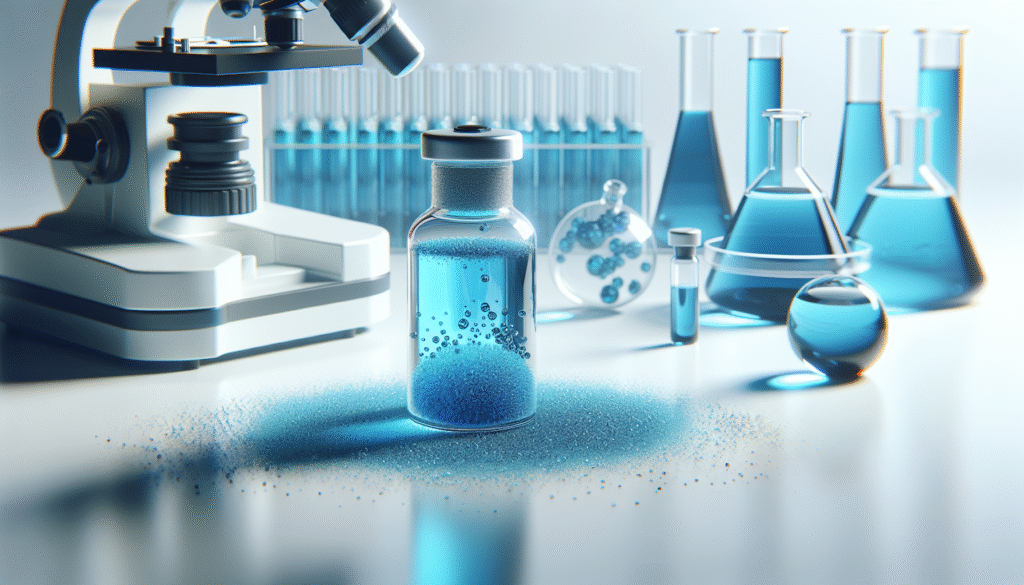
4. Role in Neuroscience Research
Investigating Neurological Disorders
Neuroscience researchers have also turned their attention to methylene blue for its potential neuroprotective effects. Studies suggest that it may play a role in ameliorating conditions such as Alzheimer’s disease and Parkinson’s disease.
Mechanism of Action
Methylene blue is believed to exert its neuroprotective properties through various mechanisms, including the inhibition of tau protein aggregation and the reduction of oxidative stress. Ongoing research is delving deeper into these mechanisms, which could lead to new treatment strategies for neurodegenerative diseases.
5. Antioxidant Properties
The Importance of Antioxidants
Antioxidants are crucial for protecting cells from oxidative damage, which can lead to chronic diseases and aging. Methylene blue has gained attention for its antioxidant properties.
Application in Aging Research
As aging is associated with increased oxidative stress, methylene blue is being investigated for its potential benefits in aging research. Its ability to scavenge free radicals may contribute to longevity and enhanced cellular health, making it an intriguing area of study.
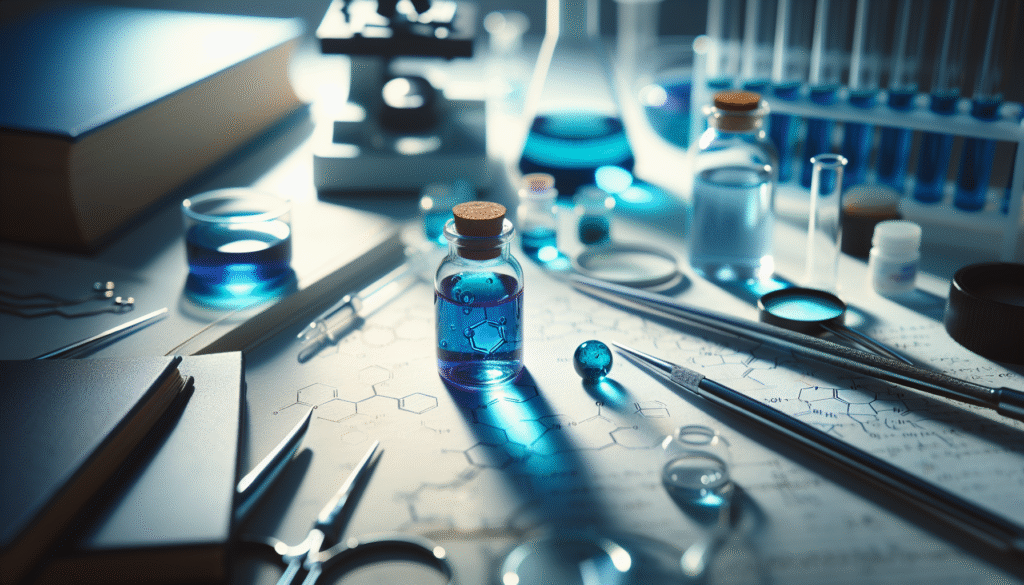
6. Role in Aquaculture
The Importance of Disease Management
In aquaculture, disease management is critical for the health of aquatic species. Methylene blue has been used as a therapeutic agent in fish farming to control fungal infections and parasites.
Enhancing Survival Rates
By incorporating methylene blue into aquaculture practices, fish farmers can improve survival rates of their stock. This application highlights the versatility of methylene blue across different domains of science and industry.
7. Cancer Research and Treatment
Targeting Cancer Cells
Methylene blue is being explored in the context of cancer research, particularly for its capacity to selectively target and kill cancer cells. Its use in photodynamic therapy for cancer treatment mirrors its application in antimicrobial therapy, where light-activated properties create cytotoxic effects selectively in cancerous tissues.
Potential for Collaborative Use
Researchers are investigating methylene blue as an adjunct therapy in conjunction with traditional cancer treatments, potentially enhancing the overall efficacy of treatment regimens while minimizing side effects.
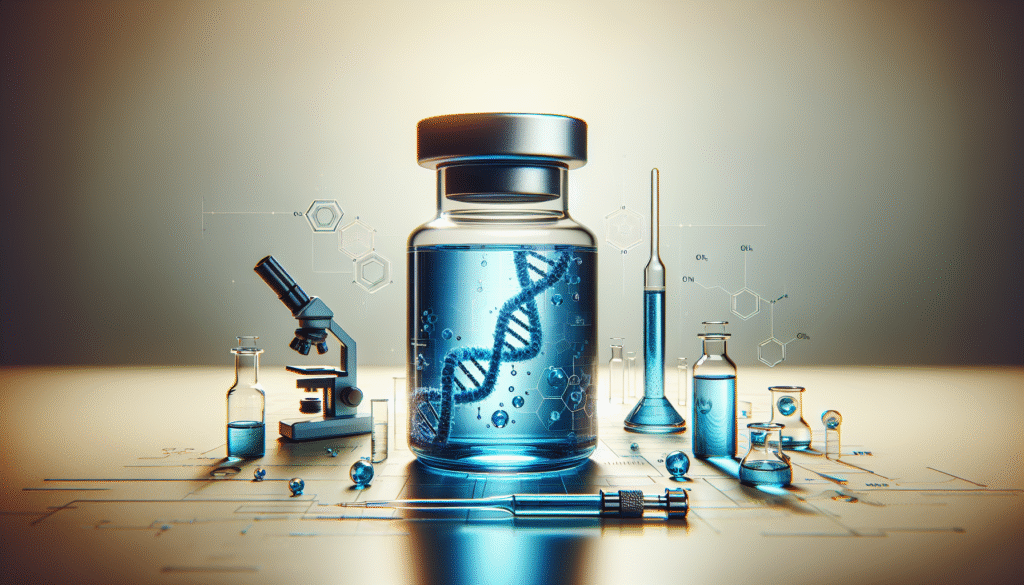
8. Role in Environmental Science
Monitoring Water Quality
In environmental science, methylene blue is used to assess water quality. Its application in microbiological testing allows for the detection of bacterial contamination in water systems.
Biodegradation Studies
Moreover, researchers employ methylene blue to study the biodegradation processes of various organic compounds in wastewater treatment. Understanding how methylene blue interacts with microorganisms can improve strategies for environmental cleanup.
9. Biochemistry and Cellular Biology
Research Applications
In biochemistry and cellular biology, methylene blue serves as a vital tool for researchers investigating cellular respiration and metabolic pathways. It acts as a redox indicator, providing insights into the electron transport chain and cellular energy production.
Experimental Uses
In laboratory settings, methylene blue enables scientists to track metabolic activities and assess the health of cells under various experimental conditions, thus enhancing the reliability of experimental results.

10. Educational Uses in Teaching
Demonstrating Scientific Principles
Methylene blue serves as a valuable educational tool in teaching biology and chemistry. Its striking color and distinct properties make it an ideal compound for demonstrating key scientific principles, such as chemical reactions, cellular processes, and staining techniques.
Engaging Students
Using methylene blue in educational settings fosters engagement and promotes a deeper understanding of complex scientific concepts. Students can visually grasp the intricacies of cellular structures and reactions, paving the way for more profound learning experiences.
Conclusion: The Future of Methylene Blue in Science
Methylene blue is more than just a dye; it is a multifaceted compound with significant applications across various scientific fields. From its foundational role in histology to its promising potential in cancer therapy and environmental science, methylene blue continues to shape research and applications. As ongoing studies emerge, you can anticipate that this compound will further pave the way for innovative solutions in medicine, biotechnology, and environmental sustainability.
The continued exploration of methylene blue in science illustrates the dynamic nature of research and its ability to adapt and respond to emerging challenges. As a professional engaging with scientific advancements, you might find it essential to stay informed about such developments, as they open new avenues of inquiry and application. Whether it’s in a laboratory, a medical facility, or an academic setting, the knowledge of methylene blue’s diverse capabilities could inform your work and benefit the broader scientific community.